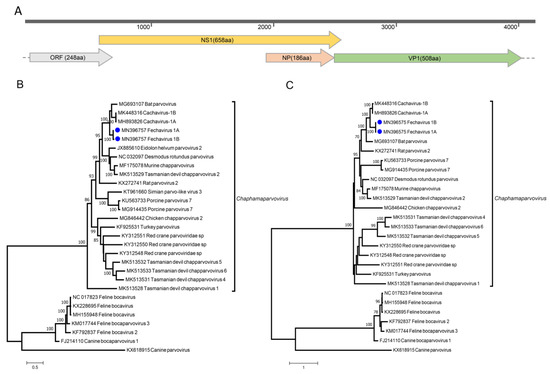

The complete genomes of 214 strains were used to estimate the genetic network based on the similarity of the viruses. The integration of epidemiological data and genetic analyses allowed to unravel the transmission dynamics of H5N8 virus in Italy, and could be exploited to timely support in implementing tailored control measures.īetween October 2021 and April 2022, 317 outbreaks caused by highly pathogenic avian influenza (HPAI) H5N1 viruses were notified in poultry farms in the northeastern Italian regions. Two genetic sub-groups were detected in the second wave in non-overlapping geographical areas, leading to speculate on the involvement of different wild bird populations. Turkeys, layers and backyards were the mainly affected types of poultry production. Analyses indicated multiple introductions from wild birds to the poultry sector in the first epidemic wave, and noteworthy lateral spread from October 2017 in a limited geographical area with high poultry densities.

Epidemiological information and genetic analyses were conjointly used to get insight on the spread dynamics. A total of 14 cases were reported in wild birds. Eighty-three outbreaks were recorded in poultry, 67 of which (80.72%) occurring in the second wave. Starting on December 2016, also Italy was affected by H5N8 HPAI virus, with cases occurring in two epidemic waves: the first between December 2016 and May 2017, and the second in July-December 2017. Abstract Between October 2016 and December 2017, several European Countries had been involved in a massive Highly Pathogenic Avian Influenza (HPAI) epidemic sustained by H5N8 subtype virus.


 0 kommentar(er)
0 kommentar(er)
